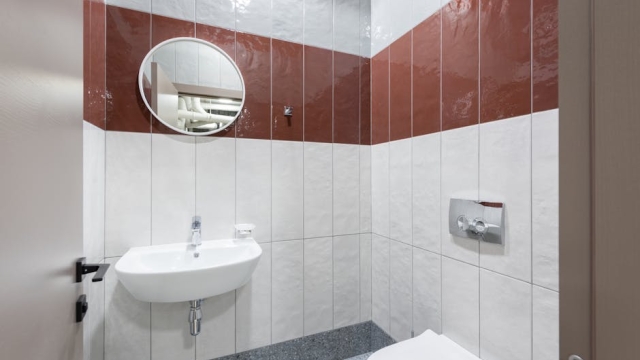
In both commercial and residential spaces, the integration of door systems plays a crucial role in enhancing functionality, security, and accessibility. As the first point of contact in any building, doors not only serve practical purposes but also contribute to the overall aesthetic and user experience. This article explores the concept of door system integration, highlighting its benefits, types of systems available, and best practices for effective implementation.
Overview of Door System Integration: Benefits and Solutions
Door system integration refers to the unification of various door types and access control technologies to create a seamless and efficient entryway experience. The benefits of this integration are manifold. One of the primary advantages is enhanced security. By integrating access control systems such as keycard readers, biometric scanners, or intercoms with physical doors, property owners can ensure that only authorized individuals gain access to restricted areas.
Accessibility is another significant benefit of door system integration. For individuals with disabilities, integrated systems can provide automated door openers and features that comply with accessibility standards. This not only ensures compliance with regulations but also creates an inclusive environment for all users.
Convenience is further enhanced through the integration of technologies that allow remote monitoring and control of doors. For instance, smart locks can be programmed to grant access based on user schedules or via smartphone applications. This level of control is particularly beneficial for businesses that require flexible access management.
Types of Door Systems: Understanding Options for Integration
When considering door system integration, it’s essential to understand the various types of door systems available. Each type offers unique features and potential for integration.
1. Manual Doors
Traditional manual doors may be simple in design but can be enhanced with various locking systems and access controls. Integrating these doors with security features can elevate their functionality.
2. Automatic Doors
Automatic doors are increasingly popular in commercial settings due to their convenience. They can be integrated with motion sensors, access control systems, and even security cameras to create a cohesive entry solution.
3. Sliding Doors
Sliding doors are ideal for spaces with limited room. Integration with smart technology can transform them into secure entry points that enhance both usability and security.
4. Revolving Doors
Revolving doors not only manage foot traffic effectively but can also be integrated with advanced security measures. These systems can be synchronized with surveillance cameras and access controls to ensure safety and efficiency.
Best Practices for Implementing Door System Integration in Commercial and Residential Spaces
Implementing door system integration requires thoughtful planning and execution. Here are some best practices to consider:
1. Assess Your Needs
Before integrating any systems, evaluate the specific needs of the space. Consider factors such as foot traffic, security requirements, and accessibility needs. This assessment will guide your selection of door types and integration technologies.
2. Choose Compatible Systems
Ensure that the door systems and technologies you select are compatible with each other. This will facilitate smoother integration and reduce the likelihood of technical issues down the line.
3. Engage Professionals
Collaborating with experts in door system integration can make a significant difference. Professionals can provide valuable insights and ensure that the systems are installed correctly and function seamlessly. For those looking for specialized services, consider exploring options available at Arizona Commercial Door Services.
4. Regular Maintenance
Once integrated, it’s essential to maintain the door systems to ensure they operate effectively. Regular checks can help identify potential issues before they become significant problems, prolonging the life of the systems.
In conclusion, door system integration is a valuable investment for enhancing security, accessibility, and convenience in both commercial and residential environments. By understanding the options available and following best practices for implementation, property owners can create a safe and welcoming atmosphere for all users.


